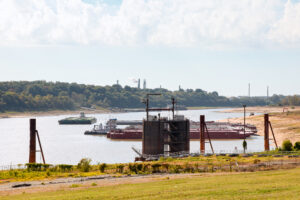News & Insights
Explore the latest developments, news, and insights from the Port of Memphis. Stay connected with updates on our ongoing projects, industry trends, and stories that showcase the Port’s vital role in the regional and national economy.
- News
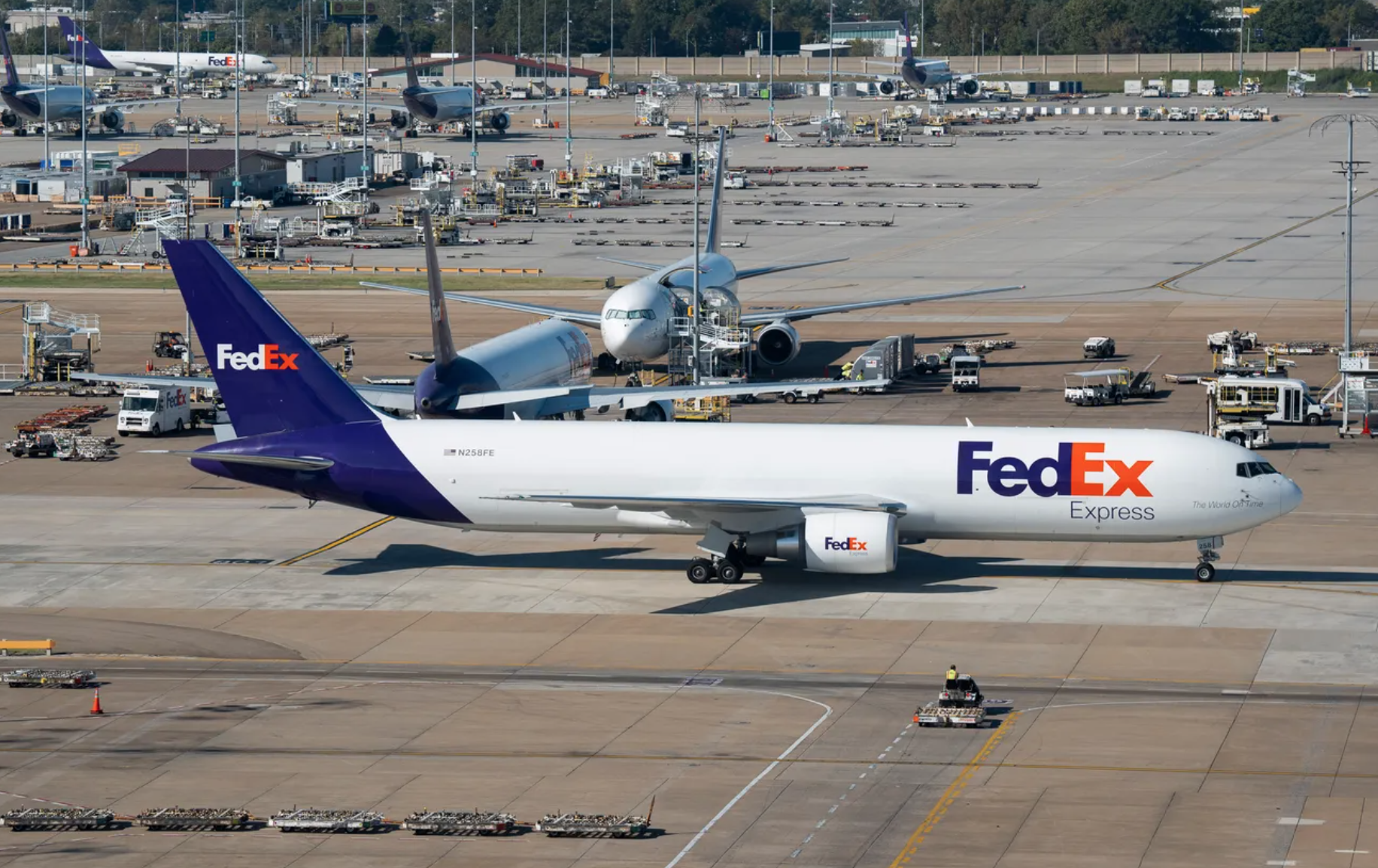
Via the Commercial Appeal Joann Massey Guest Columnist By leveraging its logistical strengths and deliberate partnerships, Memphis is well-positioned to...
- News

Via Edge At the March 20, 2024 meeting, the EDGE Board met and approved one amended and restated PILOT (Payment...
- News

Via Memphis Business Journal A multimillion-dollar Georgia rail development is expected to help grow the logistics market in the Bluff...
- News
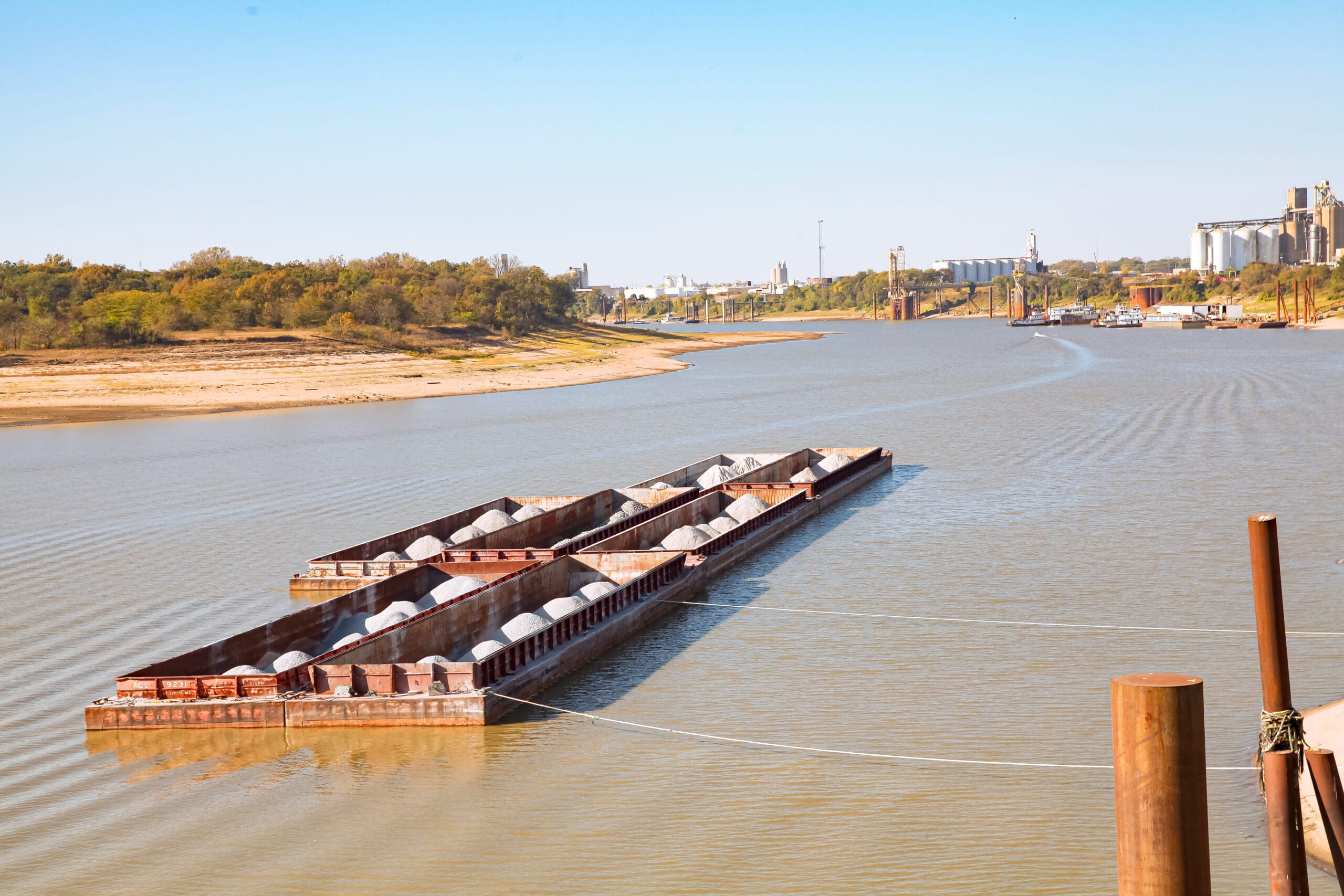
Via Memphis Business Journal A proposed shipping freight terminal in Louisiana could have a multibillion-dollar upriver impact on Memphis, create...
- News
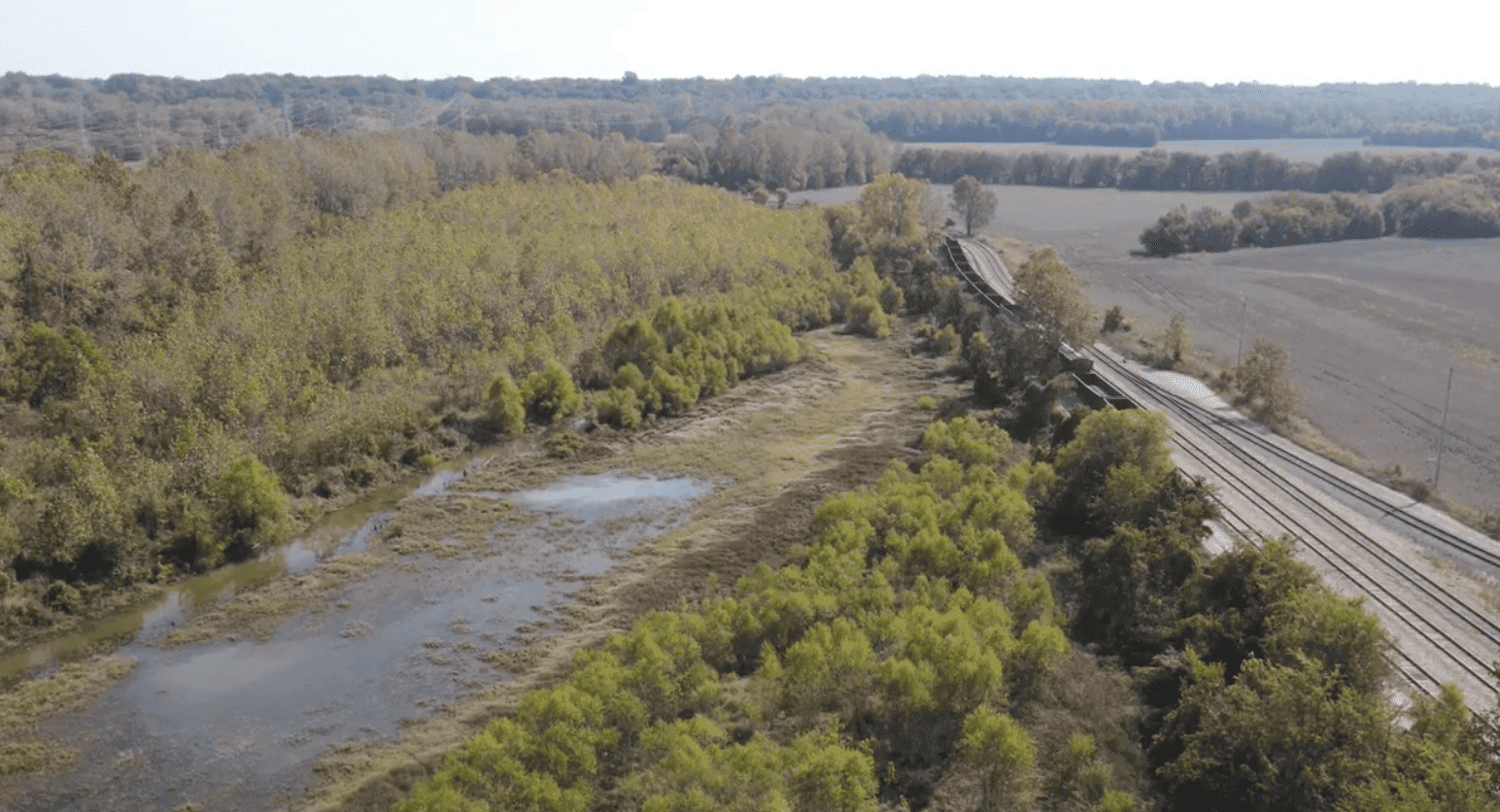
EDGE President, Reid Dulberger spoke to the TVA Board of Directors at their meeting in Oxford, Mississippi, on February 12th....
- News

The International Port of Memphis was awarded a $1.7 million Competitive Rail Connectivity Grant from the Tennessee Department of Transportation....
- News
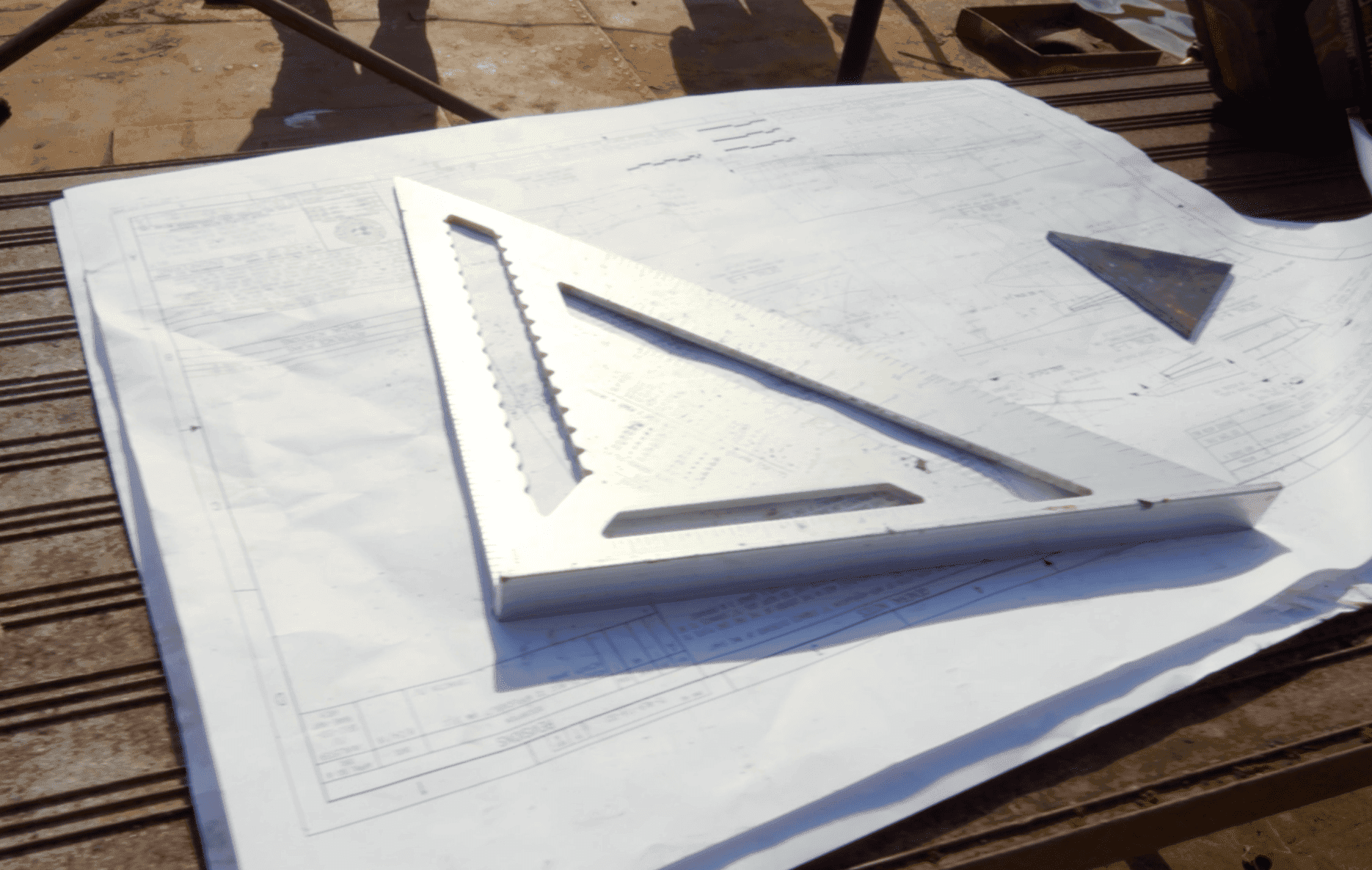
There are numerous recommendations in the Port of Memphis Master Plan that are focused on maintaining and growing the level...
- News

Presented at a joint meeting of the Memphis & Shelby County Port Commission and EDGE, a new master plan for...
- News
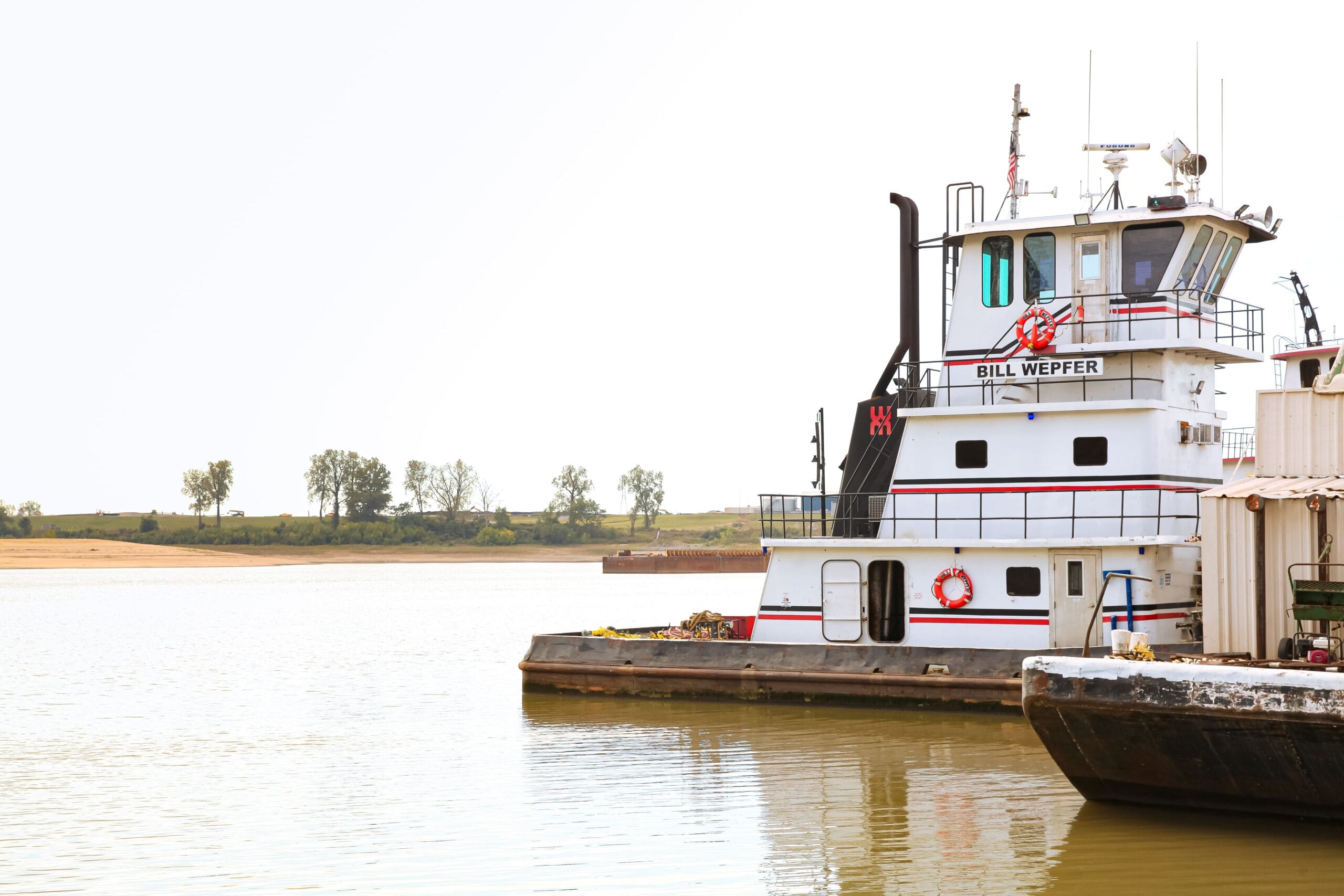
The EDGE Board of Directors approved a $327,500 contract for a comprehensive master plan study for the Port of Memphis....
- News
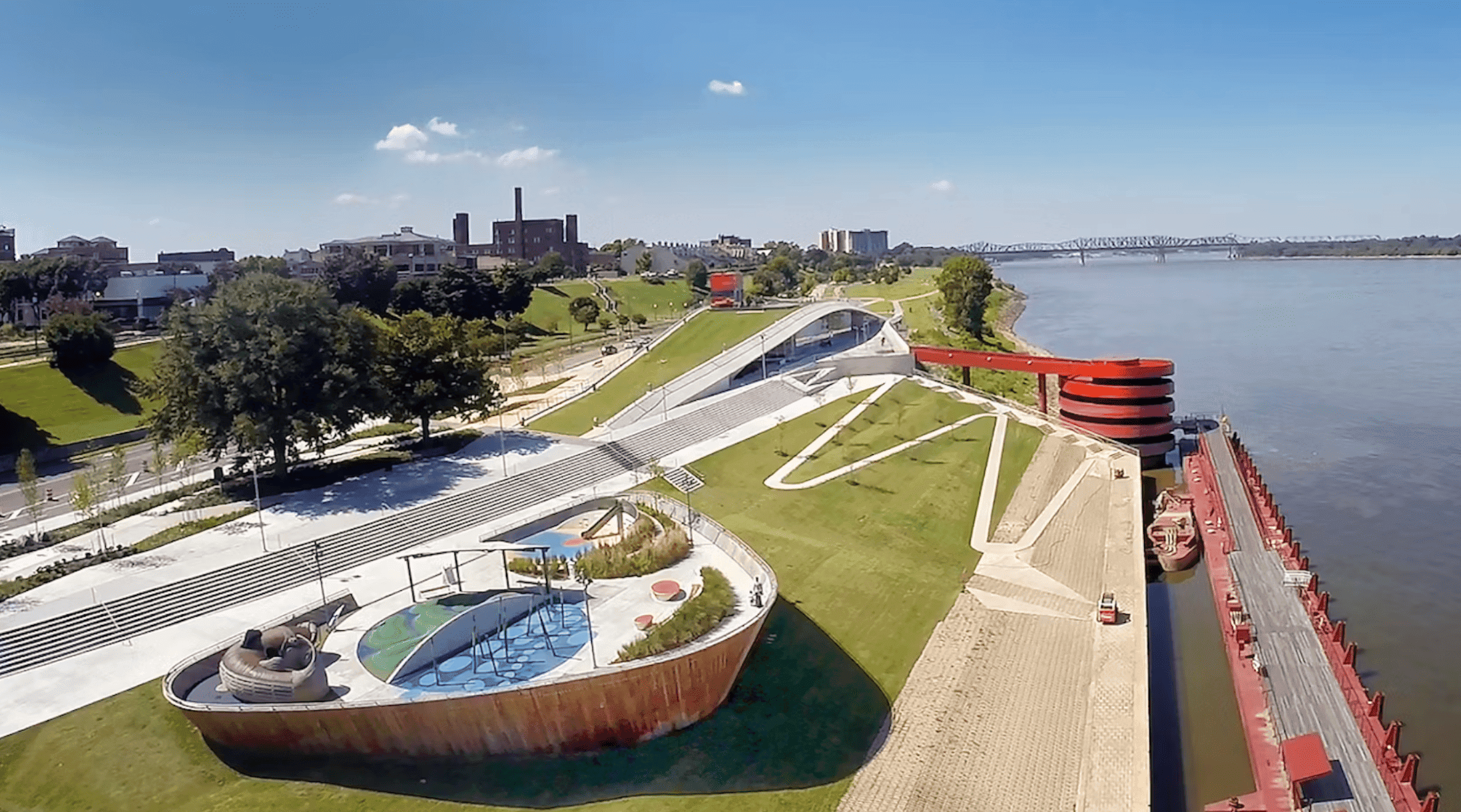
The Mississippi River Commission (MRC) held a public meeting Tuesday, March 24, on board the Motor Vessel MISSISSIPPI to discuss...
- News
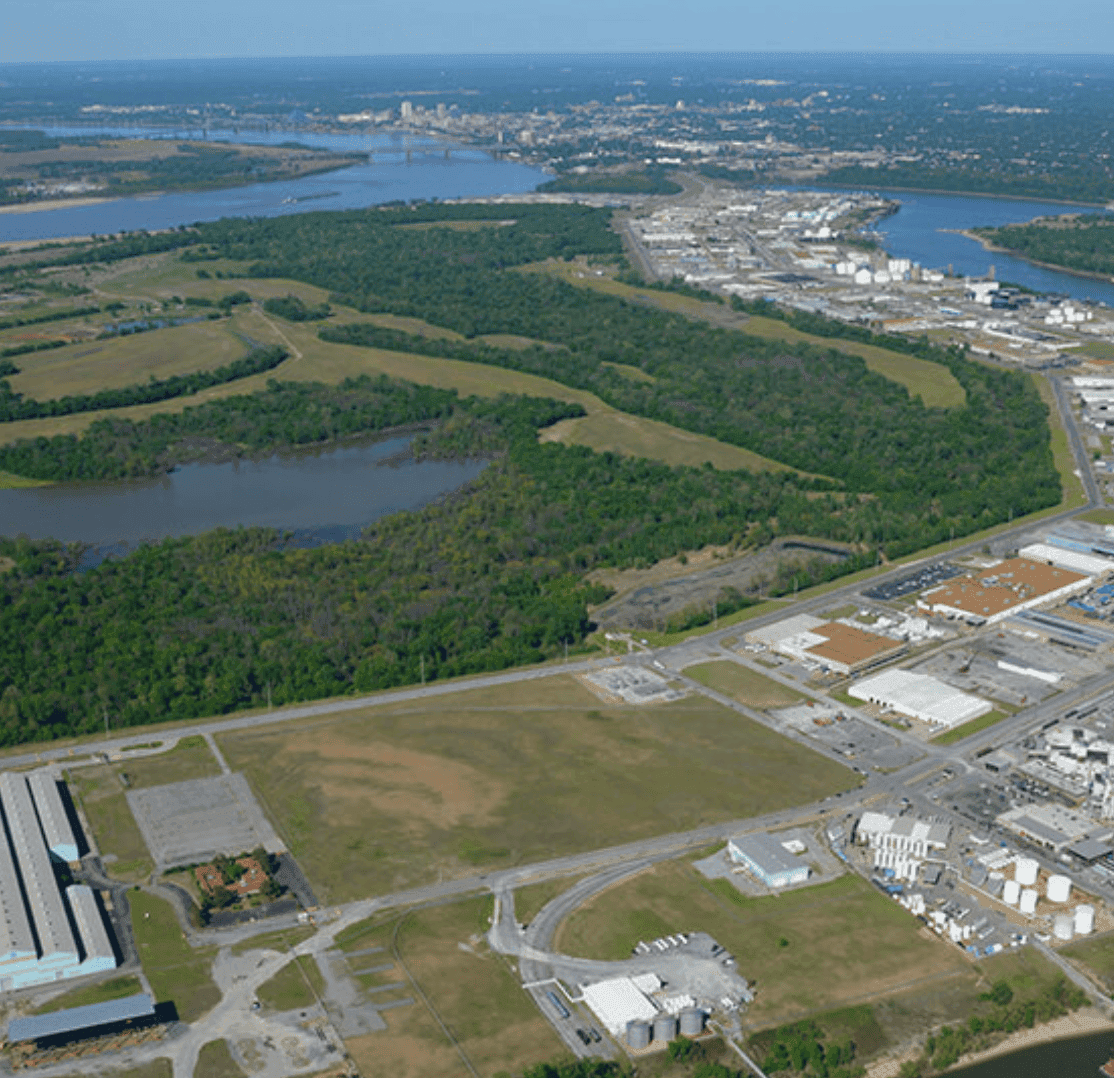
Frank C. Pidgeon Industrial Park was completed in 1967, but it’s only now, four-plus decades later, that the property is...
Love Your Port

